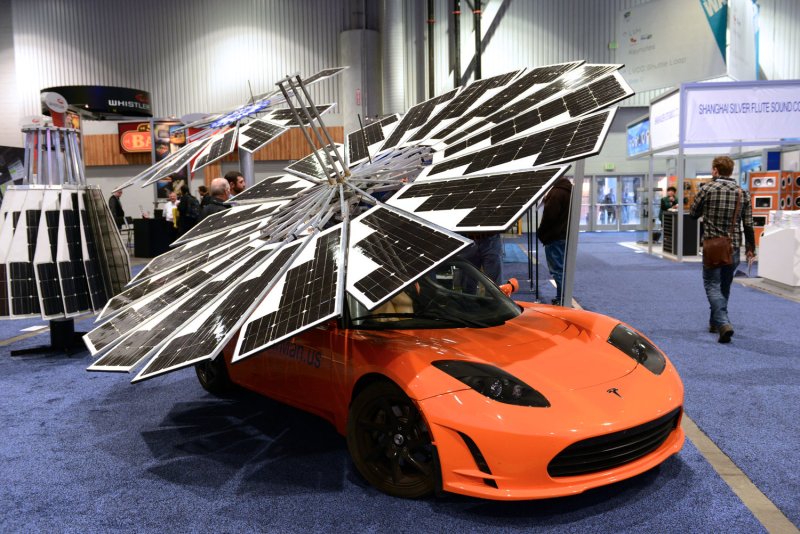 A small number of vehicles on U.S. roads are already indirectly powered by the sun. Ostensibly, some of America's electric cars use power derived from solar panels. And the fuel cells that bolster a growing fleet of hybrid cars and buses rely on hydrogen converted by photovoltaic cells.
A small number of vehicles on U.S. roads are already indirectly powered by the sun. Ostensibly, some of America's electric cars use power derived from solar panels. And the fuel cells that bolster a growing fleet of hybrid cars and buses rely on hydrogen converted by photovoltaic cells.
But America is a liquid fuel kind of nation. To help wean American's off their love of gasoline, researchers at Harvard have found a way to turn solar energy into liquid fuel. It's like gas -- only good for the environment.
The liquifying process relies on bacteria. After a sort of a artificial leaf -- similar to a photovoltaic cell -- splits the absorbed sunlight into hydrogen and oxygen, a lab-engineered bacterium (Ralstonia eutropha) is introduced. The bacteria combines the hydrogen with carbon dioxide to create a liquid fuel called isopropanol.
The unique approach combines the powers of an inorganic catalyst with a biological system -- the integration of human engineering with the biological wonders of the natural world.





 Two fossil-fuel billionaires with close ties to Donald Trump bought millions of shares in the company...
Two fossil-fuel billionaires with close ties to Donald Trump bought millions of shares in the company... The Trump administration on Thursday announced new oil and gas drilling off California’s and Florida’s coasts,...
The Trump administration on Thursday announced new oil and gas drilling off California’s and Florida’s coasts,... International Atomic Energy Agency (IAEA) Director General Rafael Grossi said on Friday that an IAEA team...
International Atomic Energy Agency (IAEA) Director General Rafael Grossi said on Friday that an IAEA team... There are now three remaining deceased hostages in Gaza, following Thursday's return of the body of...
There are now three remaining deceased hostages in Gaza, following Thursday's return of the body of...






























